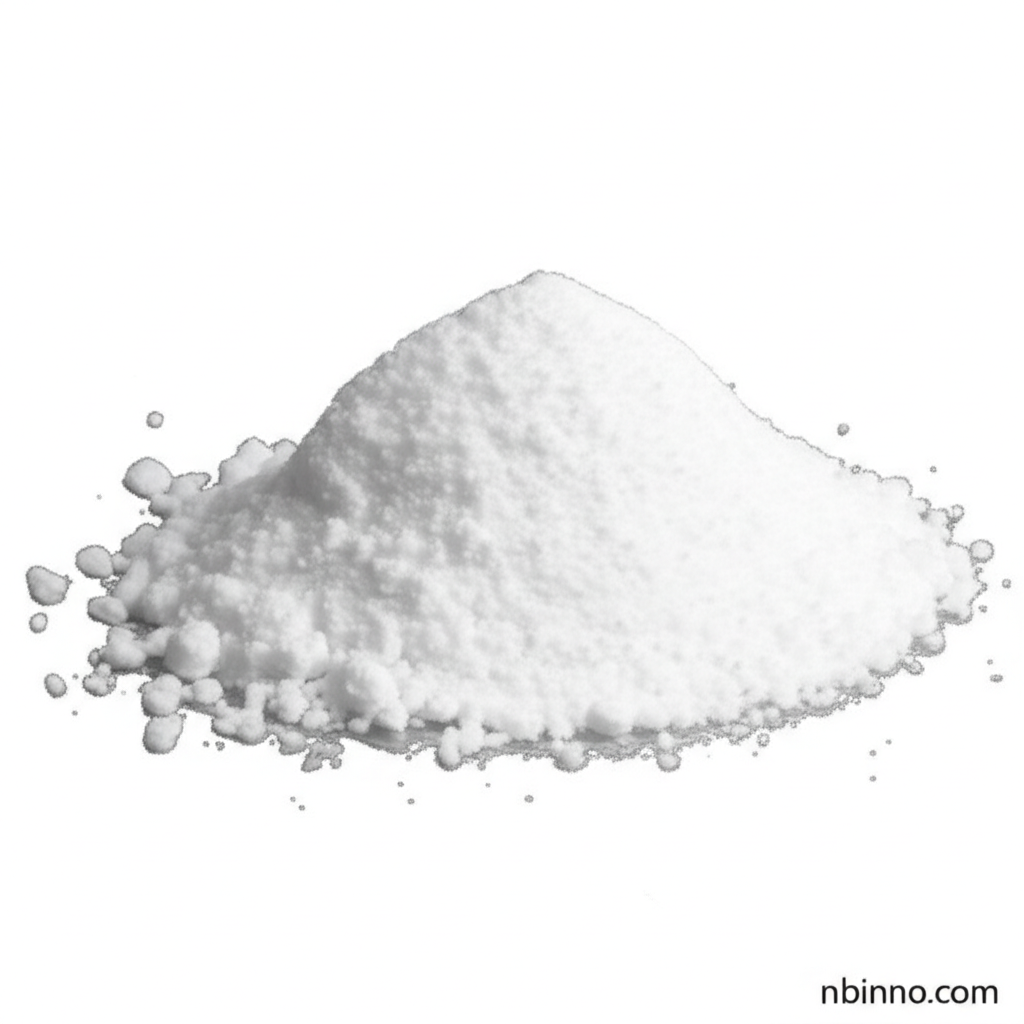4-Methyl-2-phenylpyridine: A Versatile Building Block for Organic Synthesis and Advanced Materials
Explore the crucial role of 4-methyl-2-phenylpyridine in catalysis, medicinal chemistry, and advanced material development.
Get a Quote & SampleProduct Core Value

4-Methyl-2-phenylpyridine
4-Methyl-2-phenylpyridine is a key heterocyclic organic compound widely utilized as a versatile building block in organic synthesis. Its unique structural features make it invaluable in medicinal chemistry for developing novel therapeutic agents, serving as a scaffold for various biologically active molecules. Furthermore, it functions as a crucial ligand in catalysis, enabling precise control over chemical reactions and facilitating the development of efficient catalytic systems. Its applications extend to materials science, particularly in the creation of organic semiconductors and components for advanced optoelectronic devices like OLEDs, showcasing its broad impact across scientific disciplines.
- Discover the synthesis pathways for 4-methyl-2-phenylpyridine, including advanced C-H activation reactions involving pyridine rings.
- Explore the diverse applications of phenylpyridine derivatives in catalysis, highlighting their role as sophisticated ligands for metal complexes.
- Understand the importance of heterocyclic building blocks in medicinal chemistry for the development of novel therapeutic agents.
- Learn how organic light-emitting diodes (OLEDs) utilize specialized ligands derived from phenylpyridine structures to achieve superior performance.
Key Advantages
Versatile Building Block
Leverage 4-methyl-2-phenylpyridine as a fundamental building block for synthesizing complex organic molecules, enabling innovation in pharmaceuticals and materials science.
Catalytic Efficiency
Utilize its potential as a ligand in catalytic systems, enhancing reaction rates and selectivity in various chemical transformations, as demonstrated in advanced C-H activation reactions.
Material Innovation
Incorporate 4-methyl-2-phenylpyridine derivatives into organic electronic materials and OLEDs, driving advancements in display technology and energy-efficient lighting.
Key Applications
Pharmaceutical Intermediates
As a vital component in medicinal chemistry, its structure is modified to create intermediates for drug synthesis, contributing to the development of new therapeutic agents.
Advanced Catalysis
Functioning as a sophisticated ligand, it enhances the performance of metal catalysts in various reactions, including those involving phenylpyridine derivatives in Suzuki-Miyaura cross-coupling.
Organic Electronics
Its conjugated system makes it a prime candidate for organic semiconductors and as a ligand in functional metal complexes for OLEDs and other optoelectronic devices.
Chemical Synthesis
Its reactive sites allow for diverse chemical transformations, making it an indispensable tool in modern organic synthesis, including heterocycle synthesis pathways.
